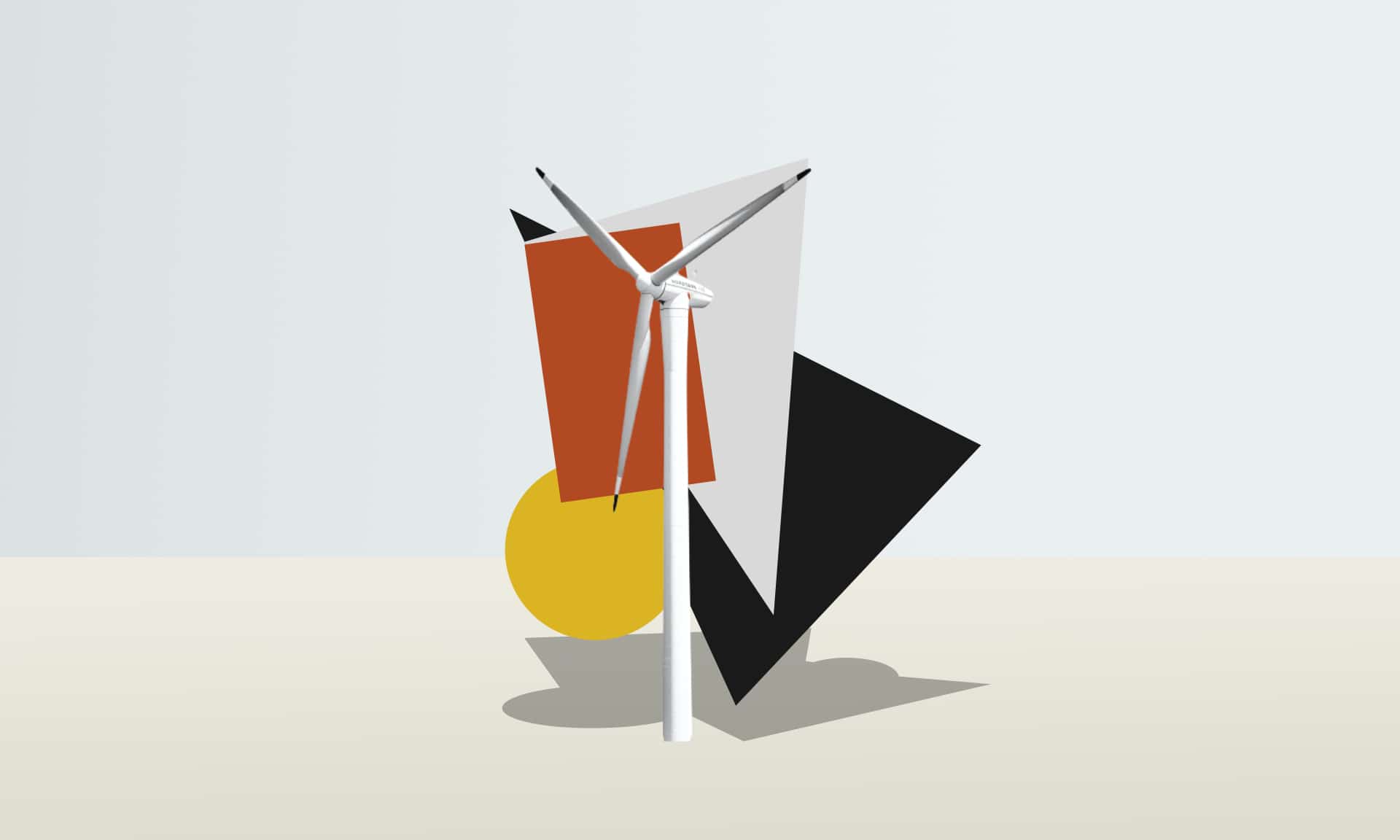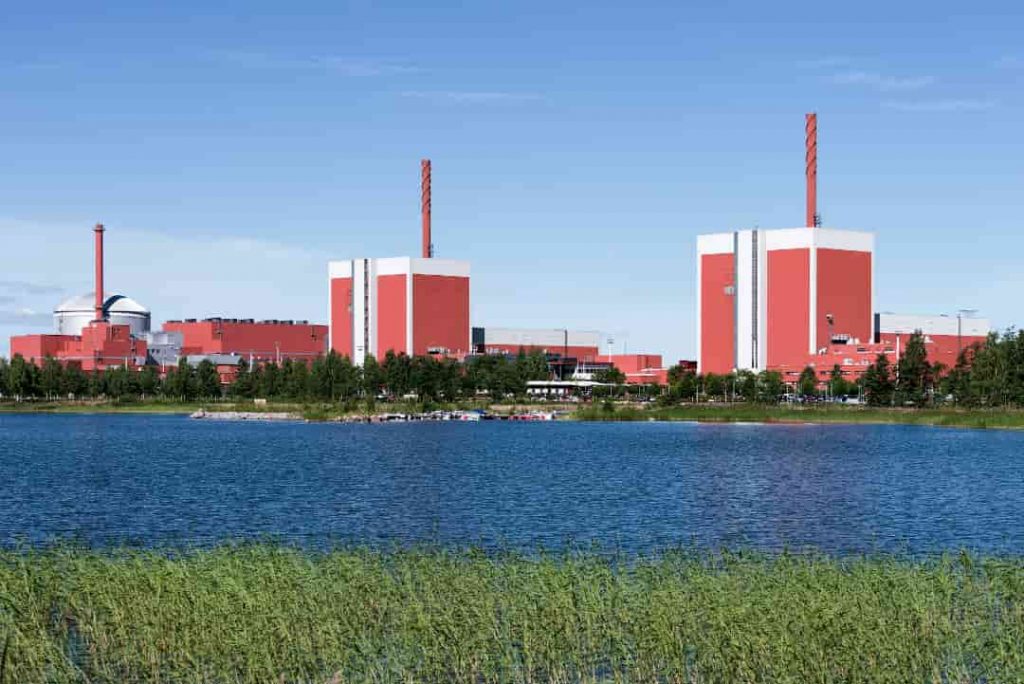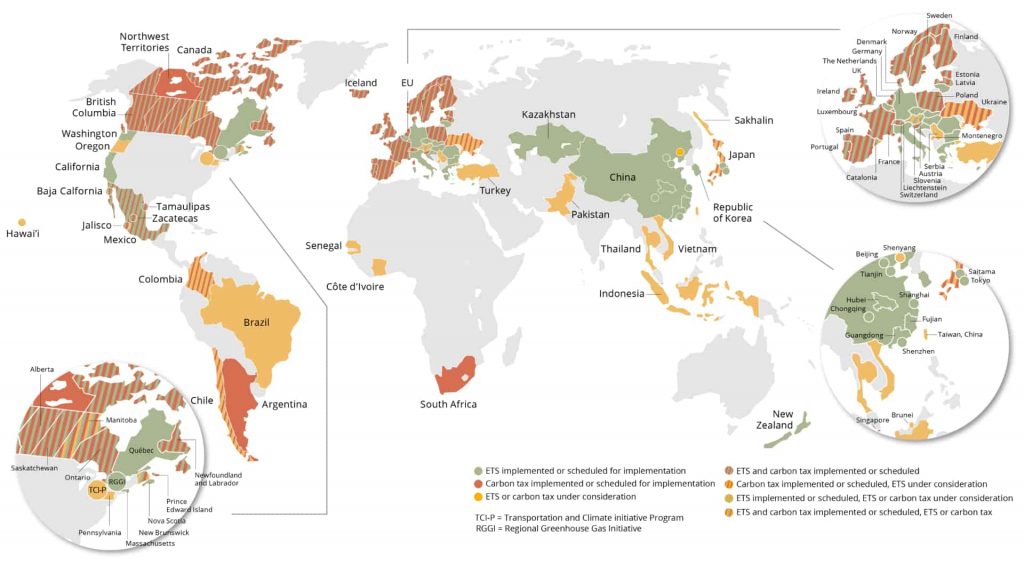Policy Making: How to Achieve Net Zero
Offering a brilliant look at technologies that can help tackle climate change.

The Clean Energy Imperative
Clean energy sources like solar, wind, hydropower and nuclear energy have low Levelized Cost of Electricity (LCOE). This makes electricity purchase from clean energy sources more economically viable and environmentally sustainable for domestic as well as commercial applications. Therefore, increasing the share of clean energy sources in the energy generation mix is essentially advisable. Historically, developing nations have been dependent upon fossil fuel based power generation at large to meet their primary energy requirements.
This indeed is an environmentally pernicious way of power generation. Apart from the plethora of deleterious effects of their exhausts on pulmonary health, their use exacerbates global warming. With this backdrop, the article dwells upon exploring the various policy interventions required to usher a clean power generation based net zero economy. These novel changes could help achieve the goals of the Paris Climate Agreement in letter and spirit.
A Planned Approach
Energy generation from decentralised and clean energy sources augments energy security compared to a centralised power generation source that primarily offers succour against blackouts and brownouts. As electricity is one of the prime movers of the economy, a low per unit electricity tariff decreases the production cost of goods/services, making it more affordable to the end user/ultimate consumer. This in turn augments their sale, promotes backward as well as forward integration and increases the per capita income of the economy resulting in a multiplier effect.
Therefore, it is imperative for the state to increase the adoption of clean energy sources via apposite policy interventions. In power generation, land acquisition has proved to be a severe challenge in setting up of power plants. It is a well known fact that in countries with low per capita income, people refrain from making upfront capital expenditure. In this scenario, an ingenious approach needs to be pursued to facilitate the adoption of clean energy sources in the economy.
In this approach, the local people can allow energy generation companies to install solar photovoltaic panels on their rooftops or on pillars over their landholdings (to optimise land use). The net power generated (Power Generated- Power Consumed) by each household can be sold to the generation companies at reasonable rates. This creates a symbiotic win-win situation for both stakeholders i.e. community members and the energy generation companies.
The energy generation companies do not have to either procure the land or take land on lease whereas the community members do not have to incur Capital Expenditure (CAPEX) and Operational Expenditure (OPEX). It may result in the community members’ transition from mere “Consumers” to “ Prosumers”, as well as generating socio-economic benefits. Similarly, efforts should be made by the state to mandate the use of net metering and smart meters. This will accelerate the pace of installation of solar panels in households and landholdings. Consequently, floating solar photovoltaics could be installed in lakes to extirpate land acquisition hassles.
Further, policy to meet Nationally Determined Contributions should be flexible enough to allow individual states to choose how to fulfil their Clean Power Obligations (CPO). For countries with diverse geographical and geo-physical conditions, priorities may vary. States or regions having substantial areas consisting of deserts and receiving high solar irradiation may meet a sizable percentage of their CPO through solar power. On the other hand, littoral states may largely opt for wind power to meet their CPOs, while mineral rich states in the hinterland, having substantial uranium reserves, may opt for nuclear power post fissile Uranium-235 enrichment to fulfil their CPOs.
It is imperative to introduce merit order based dispatch to make the adoption of low carbon sources ubiquitous. This will ensure that the generators dispatch power in increasing order of LCOE. Nuclear Power and Hydropower are the essential backbones of any clean and robust energy mix. This is because these generation units offer high grid inertia due to the presence of rotating parts.

Olkiluoto Nuclear Power Plant in Eurajoki, Finland
Further, nuclear power plants have a very high capacity utilisation factor and can be used to provide stable base load power if the intermittent wind and solar generators are not available as required due to unfavourable climatic conditions. Hydropower has the extraordinary ability of adjusting supply in response to demand in a very short time and is a vital prop for frequency/active power stabilisation.
Production Linked Incentives (PLIs) should be provided to ensure that Solar, Wind, Hydropower and Nuclear Power can be used to diversify the production of clean hydrogen via electrolysis of water in addition to electricity generation. Hydrogen can be used as clean fuel in high temperature industrial applications and Fuel Cell Electric Vehicles. Clean Hydrogen is also an important stanchion for sustainable long term storage and should be promoted by using lower taxation rates than fossil fuels like methane, propane, petrol, kerosene and diesel.
The installation of Flue Gas Desulphurization, Selective Catalytic Reduction, Electro Static Precipitator and Carbon Capture & Storage mechanisms should be mandated in coal based power plants. Subsidies and PLIs should be provided to convert them to nuclear power plants as steam turbines need not be installed separately. These inept and jaded high carbon units can also avoid the incorporation of the above mentioned cost intensive sequestration technologies.

Emissions trading and carbon taxes around the world (2021) © World Bank
Incentives
Introducing variable Time of the Day tariffs for households by the state could trigger demand response. This means that people perform their energy intensive household chores at those times when cheap power is available from low LCOE clean energy sources. This will promote the adoption of clean power sources by the people.
Implementing a Carbon Tax would be fiscally advantageous for developing countries, as Carbon Tax pays a double dividend. It helps in generating revenue for the state in addition to discouraging carbon dioxide emissions. It also increases the OPEX of gas and coal power plants and lowers their position in the merit order compared to low carbon sources.
Governments in developing countries also have to earn revenue apart from curtailing emissions. Carbon taxes can generate the necessary revenue for the government. It can then transfer the money to the accounts of the poorer sections of the population via Direct Benefit Transfer (DBT) Mechanisms (ousting corruption and ensuring higher percolation rates to the desired clusters) linked with a unique National Identity card. This could be a great step towards the redistribution of income in countries rife with economic inequalities. The DBT mechanism ensures that the low income group have higher disposable income which enhances social acceptance of the state policy. Carbon tax’s implementation is not complex. It also promotes technological innovation and Research & Development in the field of emission sequestration technologies.
It is our firm conviction that the above mentioned novel policy interventions could help achieve a net zero economy powered by the 4Ds, Decarbonization, Decentralisation, Digitalization and Democratisation.
- This article is written by Partho Pratim Chatterjee & Pradeep Kumar Chatterjee.

